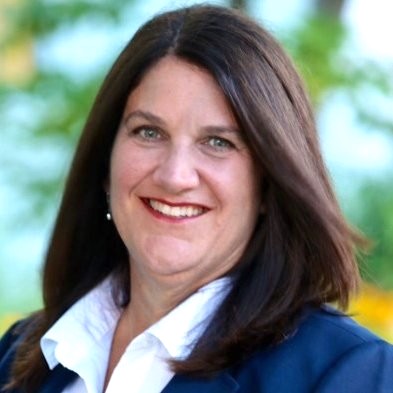
The disruption of college athletics during COVID offers lessons around risk and insurance requirements as campuses look ahead to a “new normal” in 2021-22.
When the pandemic forced the cancellation or shifting of many sports seasons, it presented challenges to many of the standard practices used for special risk accident insurance, which provides specific coverage for accidental injury medical expenses that occur during school-supervised and sponsored activities.
Traditionally, insurance companies in the special risk accident market have used an underwriting and pricing model that relies largely on analyzing a school’s annual claims record for injuries in aggregate. But with COVID-19, the 2020-21 sports year looked like no other year. Underwriters had to evaluate traditional claims experience and new risk components.
How did the risk of injury change when students were training at home instead of at school? What types of injuries were associated with the different sports? How often did injuries occur during training, which continued, versus during scrimmages and games, which were suspended, delayed or canceled? How would social distancing and telemedicine impact the cost of treatment and recovery?
The when, where and why of injuries
To answer these questions, the most sophisticated insurers worked with insurance brokers and college risk managers to take a much deeper dive into the data.
For instance, knowing the annual trend in torn knee ligaments may have been enough before the pandemic. When the pandemic struck, however, insurers needed to understand exactly when, where, and why the injuries occurred in order to match them against continuing versus suspended activities.
Collecting and analyzing the claim activity available in greater detail helped insurers determine and support the appropriate premium for the insurance risk in unprecedented circumstances. It facilitated greater flexibility to address the immediate and long-term challenges colleges and universities were facing, such as potentially broadening terms of coverage for students training off-campus, instead of only at school facilities, and opportunities for treatment via telemedicine.
In the future, a precise understanding of the when, where and why of injuries should accelerate insurers’ ability to identify trends and provide schools with steps to mitigate the risk. For example, if a certain training routine used by a coach shows a high risk of injury, the school can leverage that information to encourage an alternate regimen to reduce injury and keep players healthy and able to fully participate in school-sponsored activities.
Feeling optimistic and hopeful
Planning for the 2021-22 school year, insurance decision-makers at colleges and universities can benefit greatly from data and analytics advancements by working with an experienced special risk accident insurer and broker to establish best practices for capturing and sharing injury information that will lead to optimal treatment outcomes and improved training.
Armed with precise information, the insurance team is better equipped to address many of the questions that may impact future risk, such as whether students will be in peak condition to minimize the chance of injury when gameplay resumes. With greater knowledge around telemedicine usage, the scope of providers available may be widened and thereby improve results.
Finally, a well-informed team should be able to adapt quickly and demonstrate flexibility during the school year if there are other unexpected adjustments to the sports seasons.
Colleges and universities are feeling optimistic and hopeful for a bright and “normal” future, one that will include the resumption of full play and all the pleasures of college sports. As insurance decision-makers prepare for the upcoming school year, it’s imperative to examine their special Risk accident coverage and apply the lessons learned during a pandemic to help transition safely and seamlessly to full sports activity.
Denise Sheehan is vice president, special risk accident underwriting leader in Accident & Health at QBE North America.







